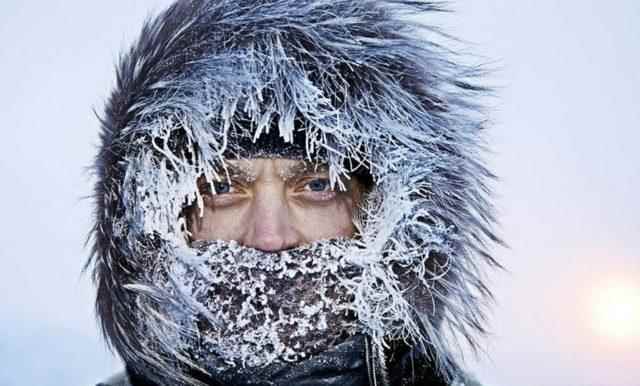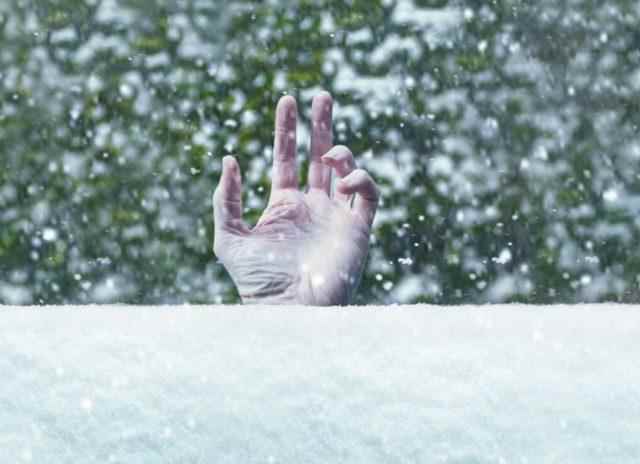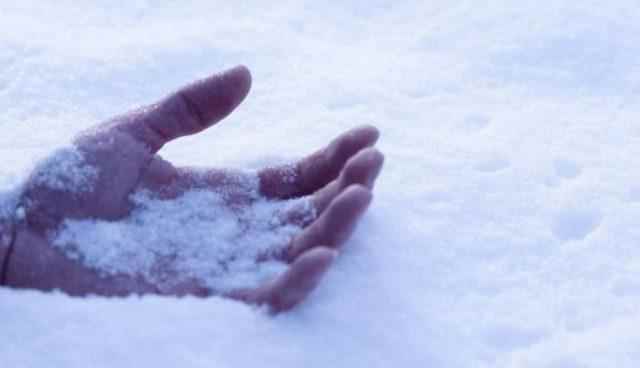Hypothermia is one of the most talked about health problems in recent days. Being aware of hypothermia, which can cause very serious consequences due to body temperature, saves lives. Stating that hypothermia is an emergency medical condition that occurs when the body loses heat faster than it can produce heat and causes the body temperature to be dangerously low, Internal Medicine Specialist Dr. Mehmet Tarık Ekber said, “Normal body temperature is about 37 degrees. Hypothermia occurs when the body temperature drops below 35 degrees. Signs and symptoms vary according to low body temperature. When assisting a person with hypothermia, do not apply direct heat. “Do not use hot water, heating pad or heating lamp to warm the person,” he said.
ATTENTION TO SYMPTOMS OF HYPOTHERMIA
exp. Dr. Mehmet Tarık Ekber said that hypothermia cases are usually encountered as a result of exposure to cold weather or unexpectedly falling into the water due to an accident, getting wet in cold weather, not taking off wet clothes. exp. Dr. Akbar listed the signs and symptoms of hypothermia as follows: “Shaking, slurred speech or murmuring, Slow, shallow breathing, Weak pulse, Lack of coordination, Lethargy or very low energy, Confusion or memory loss, Unconsciousness, Bright red, cold skin (in infants) ).”
SYMPTOMS START SLOWLY
Expressing that a person with hypothermia is usually not aware of his situation, Uzm. Dr. “Because the symptoms usually start gradually. Also, the confused thinking associated with hypothermia hinders self-awareness. Mixed thinking can also lead to risk-taking behavior. While waiting for emergency assistance to arrive, gently move the person inside, if possible. Avoid jarring movements because they can trigger irregular heartbeats. “Carefully remove wet clothes and replace them with warm, dry coats or blankets.”
“FACTORS CAUSED HEAT LOSS”

exp. Dr. Akbar listed the situations where heat loss may occur from our body as follows: “Dissipated heat: Most heat loss is caused by the heat radiated from the unprotected surfaces of your body. Direct contact: If you are in direct contact with something very cold, such as cold water or cold ground, the heat is transmitted away from your body. Water, Since it is very good at transferring heat from your body, body heat is lost much faster in cold water than in cold air. Similarly, heat loss from your body is much faster when your clothes are wet, such as when you are caught in the rain. takes the heat away.”
ATTENTION TO PEOPLE AT RISK
Referring to the risk groups for hypothermia, Dr. Dr. “Exhausted, tired people, the elderly, children, infants, people with intellectual disabilities, the homeless, severe hypothyroidism, malnutrition or anorexia nervosa, diabetes, stroke, severe arthritis, Parkinson’s disease, trauma and spinal cord injuries, or antidepressants that affect the body’s ability to regulate temperature, Those who use antipsychotics and narcotic pain medication are more at risk groups.
EXTREME MOVEMENTS CAN CAUSE FATAL CONSEQUENCES

Underlining that thousands of people who could not enter their homes in the earthquake area are at risk, and those who were rescued should be helped by considering the risk of hypothermia, Uzm. Dr. Akbar underlined that anyone who appears to have hypothermia should seek immediate medical attention. exp. Dr. Akbar shared the following information about the first aid guidelines that can be applied for hypothermia until medical help is provided: “It is very important to be kind. When helping someone with hypothermia, be gentle with them. Limit movements to only what is necessary. Extreme, violent or jarring movements can trigger cardiac arrest. Keep the person away from the cold. If possible, move the person to a warm, dry location. If you cannot keep the person away from the cold, protect them from the cold and wind as much as possible. If possible, keep it in a horizontal position. If the person is wearing wet clothing, remove it. Trim clothing if necessary to avoid excessive movement. Use dry layers of blankets or coats to warm the person. Cover the person’s head, leaving only their face exposed. Isolate the person’s body from the cold floor. If you are outside, lay the person on their back on a blanket or other warm surface. Watch your breathing. A person with severe hypothermia may appear unconscious with no visible signs of pulse or breathing. If the person has stopped breathing or seems dangerously low or shallow, begin CPR immediately if trained. If the affected person is awake and able to swallow, offer a warm, sweet, decaffeinated beverage to help warm the body. Compress only the neck, chest wall, or groin area with a heated towel. Do not apply hot compresses to arms or legs. Do not apply direct heat. Do not use hot water, heating pads or heating lamps to warm the person.”
(UAV)
